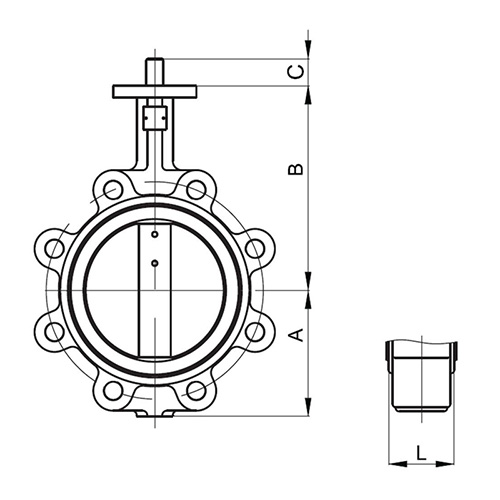Nov . 13, 2024 19:50 Back to list
rubber expansion joint flange type
Understanding Rubber Expansion Joint Flange Type A Comprehensive Guide
Rubber expansion joints are essential components in various piping systems, designed to absorb thermal expansion, vibration, and misalignment. Among the various designs available, the flange type rubber expansion joint stands out due to its versatility and effectiveness in improving the performance of piping systems.
What is a Rubber Expansion Joint?
Rubber expansion joints are flexible connectors made from rubber or elastomer materials. They play a crucial role in compensating for thermal expansion and contraction caused by changes in temperature. Additionally, they reduce noise and vibration transmitted through the piping system, which can help protect sensitive instruments and enhance operational efficiency. The construction typically includes a rubber body with flanged ends, making it easier to install within pipelines.
The Flange Type Design
The flange type rubber expansion joint features flanged ends, which allow for easy mounting to existing pipe systems. These flanged ends can be manufactured in accordance with various standards, such as ANSI, DIN, or JIS, to ensure compatibility with different piping configurations. The flange surfaces may be flat or raised, and the material can vary depending on the specific application requirements.
Benefits of Flange Type Rubber Expansion Joints
1. Flexibility The primary function of a rubber expansion joint is to provide flexibility within the piping system. The flange type design compensates for axial, lateral, and angular movements caused by thermal expansion and contraction.
2. Vibration Dampening These joints are effective in reducing vibrations transmitted through pipes. By isolating vibrations, flange type rubber expansion joints help extend the lifespan of the entire piping system and reduce wear and tear on connected components.
3. Ease of Installation The integration of flanged connections simplifies the installation process. No special tools are required, and the joints can be fitted between flanged pipe ends without significant modifications to the system.
rubber expansion joint flange type

4. Corrosion Resistance Rubber materials used in expansion joints are typically resistant to corrosive media, making them suitable for a wide range of chemical applications. This quality ensures that the integrity of the piping system is maintained over time.
5. Cost-effectiveness Although the initial investment in rubber expansion joints may seem significant, their ability to reduce maintenance costs and system downtime contributes to overall savings in the long run.
Applications
Flange type rubber expansion joints find numerous applications across various industries, such as
- Water Treatment Plants They help accommodate movements due to temperature changes and pressures within pipelines transporting water or wastewater. - HVAC Systems In heating, ventilation, and air conditioning systems, they mitigate vibrations and thermal expansion, ensuring a quiet and efficient operation. - Chemical Processing In chemical-grade applications, these joints are valuable in ensuring safe and reliable transport of corrosive substances, protecting against leaks.
Maintenance and Considerations
While rubber expansion joints are robust, regular inspections can help identify wear or deterioration over time. Factors such as temperature extremes, chemical exposure, and mechanical stress should be evaluated to ensure the long-term performance of these joints. Proper installation and alignment are also crucial in preventing premature failure.
Conclusion
Rubber expansion joint flange types are integral to modern piping systems, offering flexibility, vibration dampening, and corrosion resistance. Their ease of installation and diverse applications make them a reliable choice for engineers and operators looking to enhance the efficiency and longevity of their systems. Understanding their benefits and proper maintenance can lead to a more resilient infrastructure that meets the demands of today’s industries.
Share
-
Reliable Wafer Type Butterfly Valves for Every IndustryNewsJul.25,2025
-
Reliable Flow Control Begins with the Right Ball Check ValveNewsJul.25,2025
-
Precision Flow Control Starts with Quality ValvesNewsJul.25,2025
-
Industrial Flow Control ReliabilityNewsJul.25,2025
-
Engineered for Efficiency Gate Valves That Power Industrial PerformanceNewsJul.25,2025
-
Empowering Infrastructure Through Quality ManufacturingNewsJul.25,2025